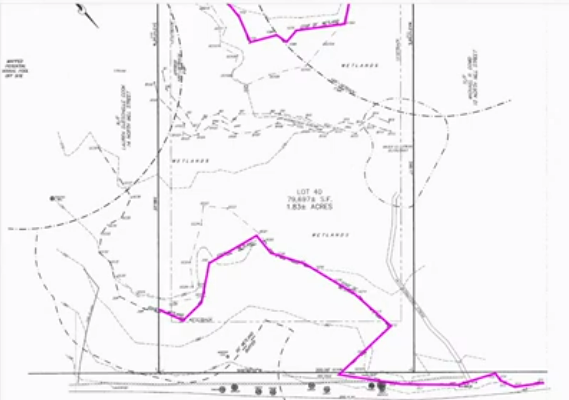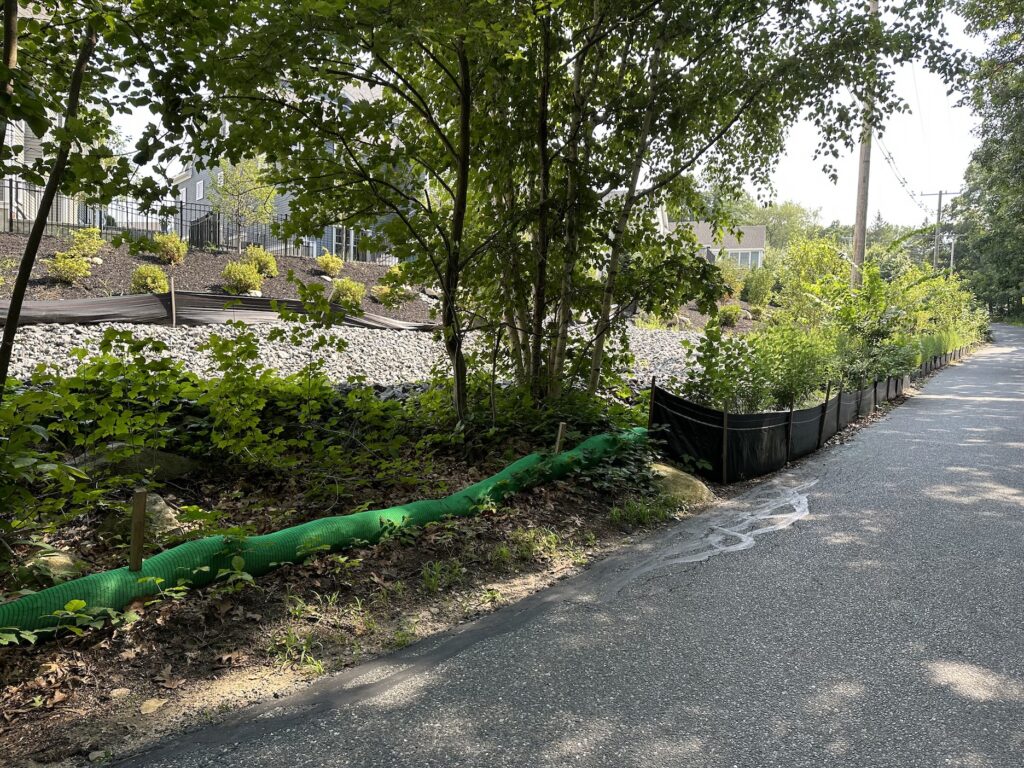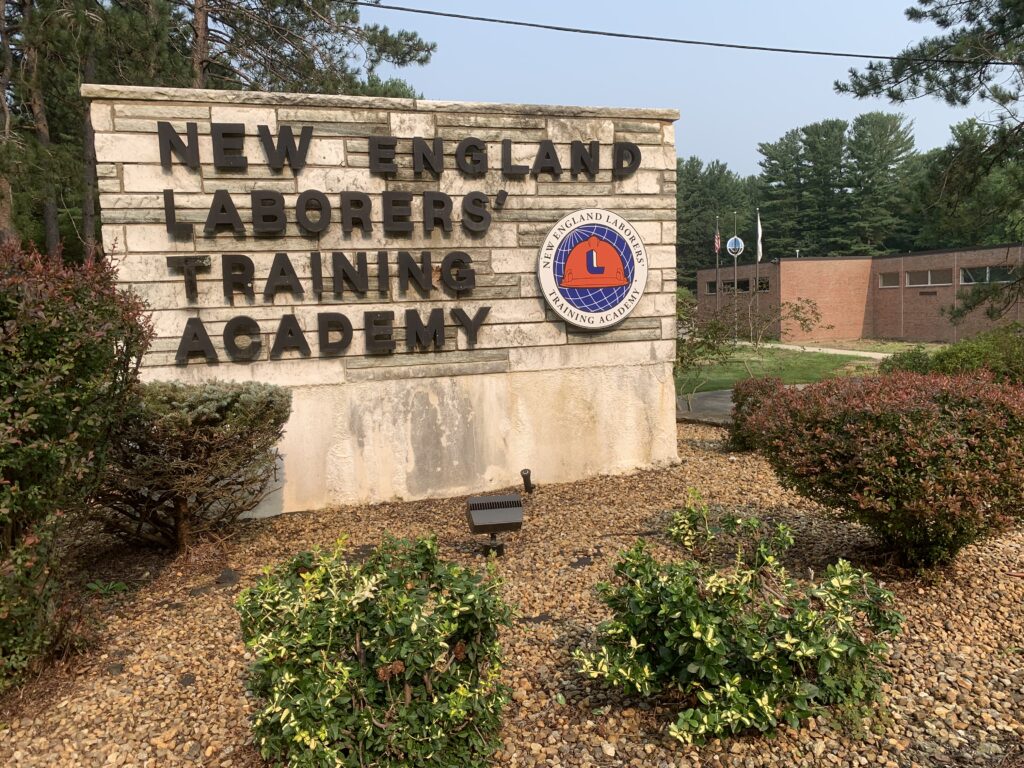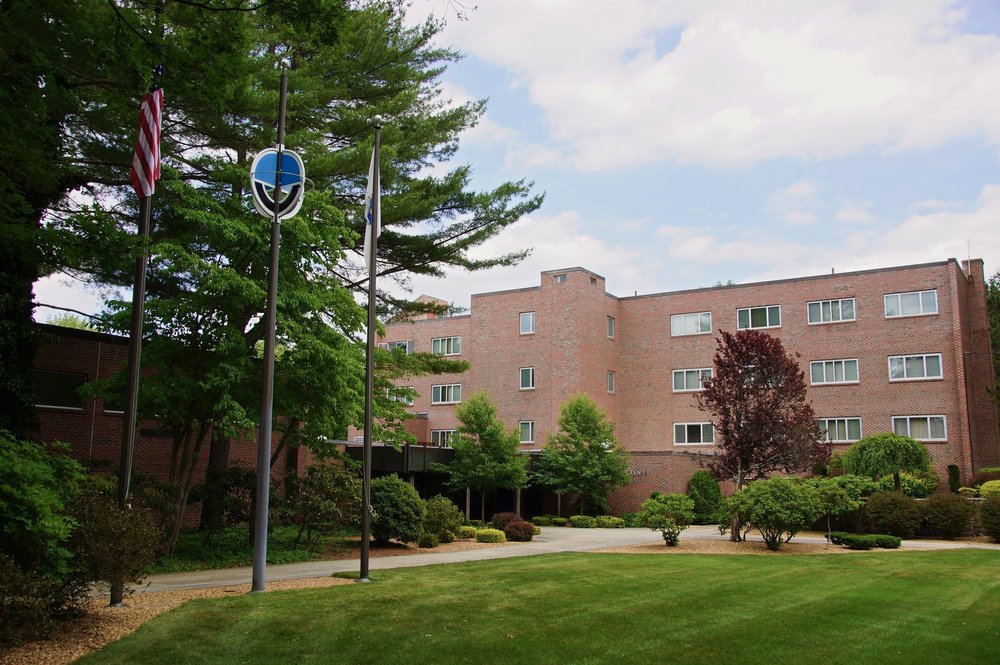The Conservation Commission at its Tuesday meeting approved by a 5-0 vote a notice of intent (NOI) filed by the Massachusetts Laborers’ Training Trust Fund for utility work, subject to the submitting of paperwork and an order of conditions discussed during the hearing.
This hearing was a continuation of a hearing first heard in April, which then was delayed twice. There were six NOIs filed for the project for the construction of several buildings at the 37 East St. campus, although the utility work was the only one discussed at this meeting. Proposed are an addition to the Conti Building and construction of the new Crane Building and the new headquarters. The pond would need to be dredged and restoration work would need to be performed in addition to the utility work.
George Connors presented for the applicant. The septic system and well would be upgraded in order to provide service to all buildings from the same source, rather than use the individual building septic systems and wells, which have become outdated.
Connors explained that this has caused the systems to be in violation of being a transient water supply for the building, which spurred the need for a single system to run to all of the buildings. A new well was drilled behind the property.
The best place for the installation is at a double box culvert beneath the fire pond on the site, he said.
“What we want to do is cross underneath that with the utilities, including electrical and communications at the same time,” Connors said.
He noted that the areas being disturbed will only be temporary and will be replaced. Also, erosion control measures have been updated since the last hearing.
Connors described a process called directional drilling that will be used to perform the installation.
“Directional drilling is nothing different than drilling a well — only horizontally,” he said. “What they will do is to the right of the culvert they will dig a pit and set up a machine that will drive a 4-inch bit through the soil and down underneath the culvert and come out on the other side.”
A ground-penetrating radar will determine the type of drill bit that needs to be used, he continued. The pipeline will go through the hole that is made and is able to be used in water-saturated soil.
Chair Jeff Barnes asked about the length of the footage for drilling for the pipeline. Connors estimated this would be about 200 feet. The drill cuttings will be contained in a drum-type system to be recycled or disposed of offsite. The drilling fluids will be removed and taken off the site.
Conservation scientist Matt Varrell, a town consultant, asked if this would be considered public or private utilities and could be permitted for a limited project because of the temporary impact to the land.
“We’re a public water supply,” Connors said. “Indeed, the wells that were there were regulated as town water supplies.”
Barnes agreed that it could be considered as a limited project because of the public utility aspect and noted that some of the property previously had been disturbed by paving. He asked new conservation administrator Kimberly Ciaramicoli to issue an order of conditions along with the approval, which was approved 5-0.


















0 Comments